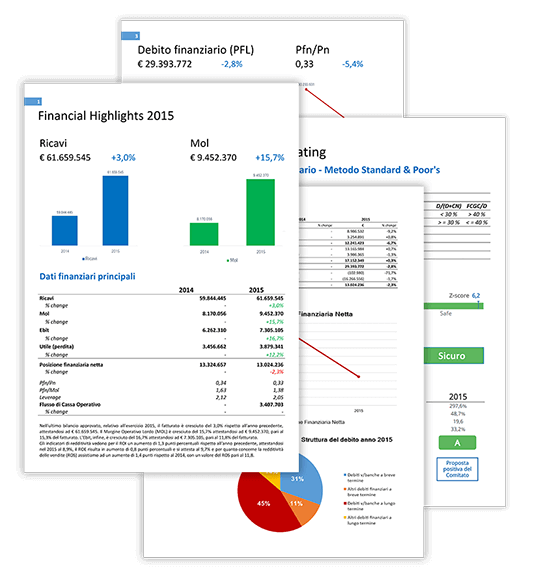What is the Payroll Processing Process?
The payroll process you use directly affects the overall success of your company. Because the timely and accurate processing of payroll shows that you appreciate your employees’ contribution and respect their roles both in and out of the workplace. A efficient payroll system can improve employee engagement and trust while also reducing costs. Therefore it can also ensure the compliance of rules and regulations Payroll Processing Process.
Is Payroll Processing a thing?
Payroll is the method of paying employees for the work they carry out. This includes calculating their pay along with withholding tax and premiums for benefits, and then distributing the payment, usually via direct payment. Payroll processing software automates these processes for both large and small businesses.
What is the Payroll Processing Process?
Processing payroll is a multi-step procedure for every company. In reality, small-scale business payroll processing needs all of the identical steps required for large-scale business payroll. Below are the steps that you’ll need to follow.
Collect information
Collect the necessary information for an employee’s first day at work. The information includes the social security number of their employee, the form W-4, the state withholding form where appropriate, bank account details for direct deposit, as well as the benefits selection.
Track time & attendance
Many companies utilize programs for tracking time to control their workforce. This is particularly important for companies with complex pay practices such as shift differentials, weekend pay overtime critical shift pay per-piece payments, and so on Payroll Processing Process.
Review and approval time
A legally compliant payroll procedure includes supervision and approval by supervisors of timecards before the payroll is processed. Each employee’s timecard must have scrutinized carefully, and any necessary changes must have made. Supervisor approval must documented and stored.
Calculate the amount of wages and deductions
When you have finished each pay cycle, determine the gross earnings by multiplying the hours of an employee multiplied by their pay rate. Consider shift differentials, overtime and other pay policies into account.
Calculate and subtract taxes and bonuses, garnishments, and other deductions that have authorized, along with withholdings. Take a deduction from your the wages and determine net pay.
Process or submit payroll
If you have employees that have issued checks in paper You’ll print checks on paper and distribute them to employees who have pay stubs. While if your employees have paid via direct deposit, you’ll need to send this pay file for processing to the banks to process. A majority of employers combine of both.
Pay your taxes
After the payroll has been processed, file and pay state and federal taxes on payroll. A timely deposit can save you from penalties at the quarter’s end.
Record them and keep them
Maintain tax and payroll records in accordance with federal and state retention laws.






